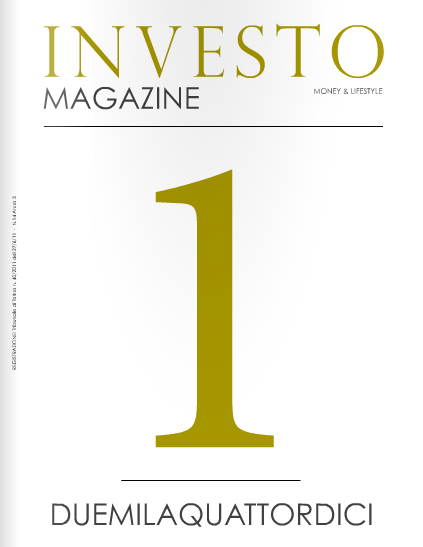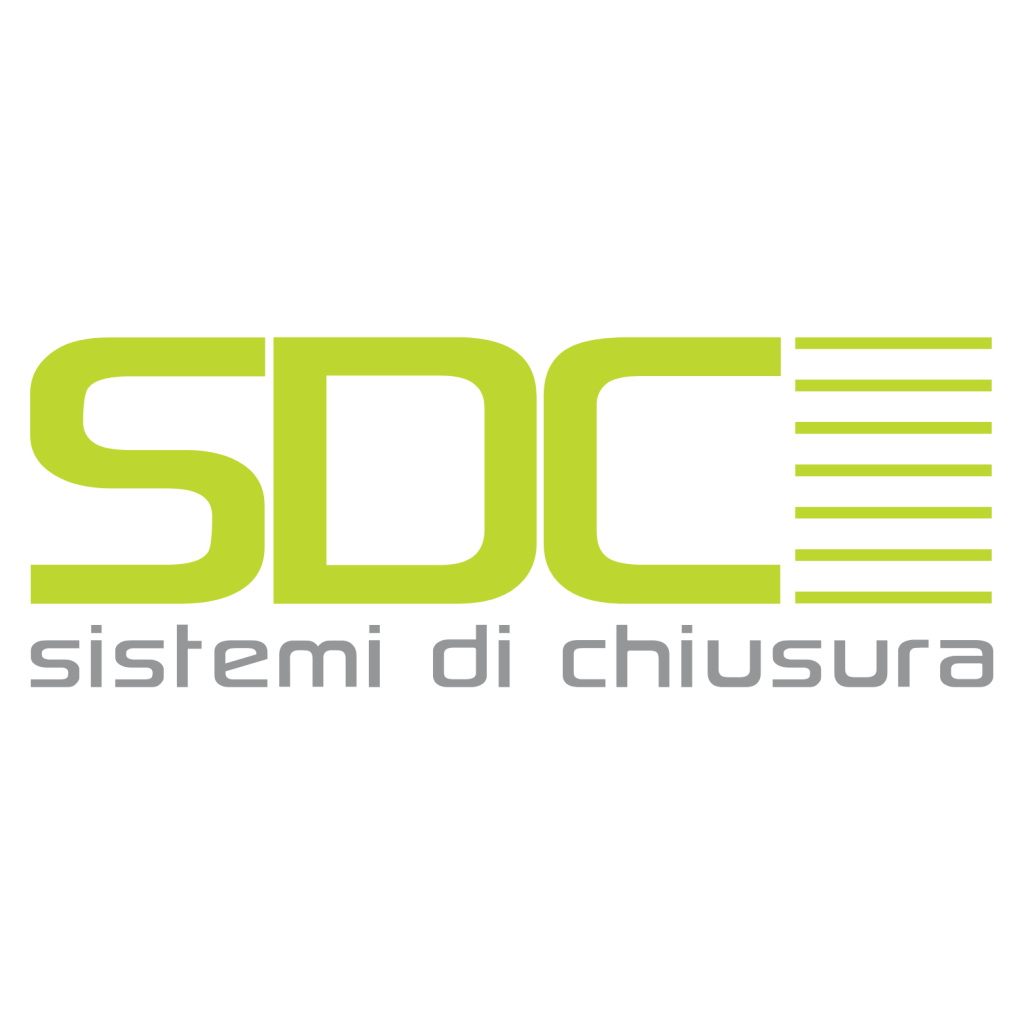Listen all. A new frontier is opening among collectors, a frontier until recently unexplored. Let’s relegate to the attic all the old cabinets full of china, collections of little value and those from when you were a child. That’s all old-fashioned stuff. Junk. Now the coolest way to collect things and make money, it is called high-tech Vintage. Yes, exactly what you did not even dare to think about: to collect objects of the past that have shaped the history of modern communication.
Hard to believe? Then go and visit Bolaffi, in Turin, and ask to see for a few minutes a little object which is worth a good 390 thousand dollars. And it is just a computer. A pile of wires and transistors that has, more or less, the eleventh of the power of your Smart phone. But it is the first computer Apple have placed on the market. It is called Apple One and it was proposed to the first high-tech fanatics by the parent company of Iphone and Ipad; it was 1976 when Steve Jobs was not yet that Steve Jobs but just a young man who dreamed of a different world. Not many Apple One are circulating, only 200 pieces were produced from Cupertino. The price was 666,66 dollars. Now, besides what it represents – and everyone sees what he wants to see in it – the auction sale of this kind of object at such prices says a lot on how, very soon, high-tech vintage will turn. Because it was auctioned by no less than Christie’s and the buyer is one of the most important Italian collecting house, Bolaffi, in Turin that is.
It is very wrong to say that before this auction the phenomenon would not exist or some more nonsense. Around the world people have been collecting objects that have shaped the history of modern IT and communication for quite a long time.
Now, let’s stop and think about the progress made by cellular phones. From the “brick” in the 1980s to the size mignon in the middle of year 2000 (the first ones to fit into the pocket of your jacket without making you look like a lunatic or a ragged). And then let’s think about the history of high-tech in Italy. Did it ever cross your mind that Olivetti could produce cellular phones? One for all, the legendary OCT 300, the pocket breaker. Very long antennas and a crazy price: more or less one million and 600 thousand liras; it was launched on the market towards the end of the 1980s. Was it ugly? Not practical? Today’s parameters do not count. What is worth is that it has shaped the history of communication. Nowadays cellular phones range from 150 to 600 euro. Let’s not forget the legendary laptop computer by Olivetti, among the Italian productions. In those years, the Ivrea based company used to manufacture and to market the famous M24 in all its various versions, but in the meantime Olivetti was working on its laptops. One of these went almost unnoticed. Too small. Too weird. But revolutionary. It was called Quaderno and it was produced in 1992. It had the size of a notebook – odd? – and, among other things, it could record conversations. It did not think much – for that time – and maybe it could have been successful, but in a different period of time.
The Quaderno still remains a great piece in the history of the national high-tech. How much is it worth? As always among collectors, the price is set by the market and conditions of the piece are important. If you wish to count it among your period pieces, be ready to pay up to 500 euro. Not much? Well, who collects memorabilia is well aware of unsteady prices. In a year or two the value will be very different .
However, the issue of Vintage high-tech is so controversial that in a couple of years no one will ask what is the point in collecting old high-tech wrecks from another age. This because the world is fast realizing that preserving memories on how in a few decades the way we communicate has changed, it is fundamental to understand the future, to understand how far we have come to where we stand today. Try to think what impressed you most of the legendary Commodore 64 or the Silclair ZX 80: these are pieces that left the mark in information technology. Do you remember the Amstrad CPC 464 equipped with a four-fingers thick keyboard and colored keys? And the Atari 800, that kind of cash register today unbearable to look at as we are accustomed to more cleaner lines and softer shapes after the year 2000? Imagine, its third version had 64k of memory. It seemed endless. Today the chips from your cellular phone have this capacity. In the secondhand marketplace it is worth between 29 and 250 dollars.
Who would have thought we would have real-time communication, tablets and books that you can read on piece of plastic half the size of a pinkie. In the States all this has been realized a few years a-head compared to the Old Continent. Computer museums have been opened, the most famous one is in Boston in which there are displayed the grandfathers of our computers, these machines we use to write, to keep archives, to store thousand of pictures, songs, movies and to open the doors to the virtual world. And with which I wrote this article.Udite – udite. Nel mondo del collezionismo si apre una nuova frontiera fino a ieri inesplorata. Mettete in soffitta i vecchi espositori di vasetti di porcellana, le raccolte di scarso valore e quelle di quando eravate bambini. È tutta roba superata. Oggi il collezionismo più’ cool e che potenzialmente vi può rendere ricchi si chiama Vintage tecnologico. Si, proprio quella roba che neanche osate pensare: collezionare oggetti d’antan che hanno fatto la storia della comunicazione moderna.
Non ci credete?Allora andate da Bolaffi, a Torino, e chiedetegli di farvi ammirare per qualche minuto un oggettino che vale la bellezza di 390 mila dollari. E dire che non e’ altro che un computer. Un ammasso di fili e transistor che ha più’ o meno la potenza di undecimo del vostro Smart phone. Ma e’ il primo computer che la Apple ha messo sul mercato. Si chiama Apple One e la casa madre dell’Iphone e dell’Ipad l’aveva proposto al pubblico dei primi fanatici di informatica nel 1976quando Mr Steve Jobs non era ancora Steve Jobs ma un giovanotto che sognava un mondo diverso. Di Apple one in circolazione non ce ne sono molti. Da Cupertino ne sono usciti appena 200 esemplari. Costavano 666,66 dollari. Ora, al di la’ della simbologia – ognuno ci vede quello che vuole vederci- la vendita all’asta di un simile pezzo e per simili cifre la dice lunga sulla piega che prenderà nel giro di qualche tempo questa forma di collezionismo. Perché il pezzo e’stato battuto niente poco di meno che da Christie’s e il compratore e’ una casa di collezionismo italiana tra le più’ importanti. La Bolaffi di Torino, appunto.
Chi dice che prima di questa asta il fenomeno non esisteva, e altre amenità di questo tipo, si sbaglia e di grosso. Perché in giro per il mondo c’e’ già, e da un bel po’ di tempo, gente che raccoglie oggetti che hanno fatto la storia dell’informatica moderna e della comunicazione.
Ora fermatevi un istante e pensate all’ evoluzione dei cellulari. Dalle “mattonelle” degli Anni ’80 ai telefonini formato mignon di meta’ Duemila (quelli che per primi stavano nel taschino della giacca senza farvi sembrare dei folli e pure un po’ straccioni. Poi riflettete sulla storia italica della tecnologia. Vi e’ mai venuto in mente che anche la Olivetti produceva telefoni cellulari? Uno su tutti il mitico OCT 300, lo spaccatasche. Antenna lunghissima e prezzo folle: piu’ o meno un milione e 600 mila lire: arrivo’ sul mercato verso la fine degli Anni ‘ 80. Brutto ? Poco funzionale? I parametri di oggi non contano. Cio’ che vale e’ che ha fatto la storia della comunicazione. Oggi se ne possono trovare in vendita a prezzi che variano tra i 150 e i 600 euro. E sempre per restare in tema di produzioni italiane va ricordato anche il mitico mini computer portatile di Olivetti. L’azienda di Ivrea, in quegli anni, fabbricava e commercializzava il famoso M24 in tutte le varie versioni. Ma intanto lavorava sui portatili. Ce fu uno che passo’ quasi inosservato. Troppo piccolo. Troppo strano. Ma era una rivoluzione nel suo genere. Si chiamava Quaderno, e venne prodotto nel 1992. Era grande come un quaderno – che fantasia – e poteva tra le altre cose registrare le conversazioni. Pesava poco – per quegli anni – e forse avrebbe potuto sfondare sul mercato, ma in tempi diversi.
Il Quaderno resta comunque un gran bel pezzo della storia informatica nazionale. Quanta vale? Come in ogni questione di collezionismo il prezzo lo fa il mercato. E contano le condizioni. Se volete inserirlo nella vostra raccolta di pezzi d’epoca tenetevi pronti anche a sborsare fino 500 euro. Poco? Vabbe’: chi raccoglie memorabilia sa che i prezzi sono ballerini. Tra un anno o due la quotazione sarà decisamente differente.
Comunque la questione del Vintage informatico e’ talmente dibattuta che nel giro di qualche anno più’ nessuno si domanderà quale gusto ci sia a raccogliere vecchi catorci dell’ informatica di altri tempi. E questo perché il mondo sta rapidamente comprendendo che conservare la memoria di come siano cambiati in pochi decenni i modi di comunicare e’ fondamentale anche per comprendere il futuro. Per capire quanta strada e’ stata fatta per arrivare al punto in cui siamo oggi. Provate a pensare che cosa vi impressiono’ del mitico Commodore 64 o del Silclair ZX 80 tutti pezzi che hanno segnato il mondo dell’informatica. E vi ricordate l’Amstrad CPC 464 con la sua tastiera spessa quattro dita e i tasti colorati? E l’Atari 800 quella specie di registratore di cassa oggi assolutamente inguardabile così come siamo abituati alle linee morbide e pulite del dopo Duemila? Pensate, nella sua terza versione aveva 64 K di memoria. Sembrava un’infinità. Oggi ce l’hanno le schede del vostro telefono cellulare. Sul mercato dell’ usato vale tra i 29 e i 250 dollari.
Chi lo avrebbe mai detto che saremmo arrivati alla comunicazione in tempo reale, ci sarebbero mai stati i tablet, e i libri si sarebbero potuti leggere su una specie di pezzetto di plastica spesso la meta’ di un mignolo. Negli States tutto questo lo hanno realizzato con qualche anno di anticipo rispetto al Vecchio Continente. E sono nati musei “ad hoc”. Il più’ famoso e’ a Boston e sotto volte tutt ‘altro che auguste raccoglie i nonni dei nostri pc, di questi attrezzi sui quali scriviamo, teniamo archivi, accumuliamo migliaia di fotografie, canzoni, film e con i quali spalanchiamo le porte verso il mondo del virtuale. E sul quale il sottoscritto ha editato questo articolo.
» 2013 - Numero 5 » Technology VintageVintage tecnologico






 youhost
youhost